Napkin holder - An integral part of any kitchen that performs not only a functional, but also decorative function. This element can be created from various materials, including jute twine.
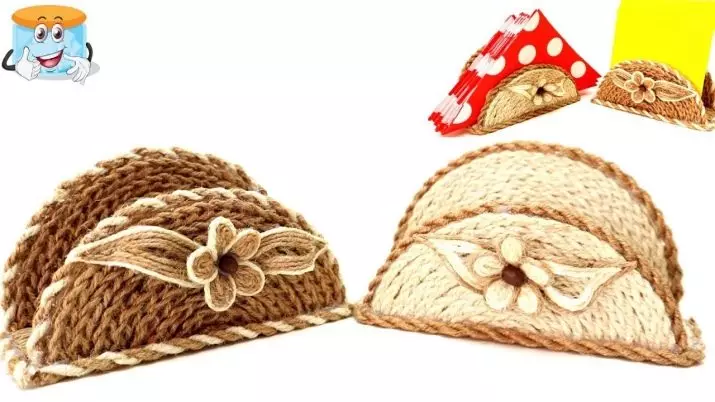
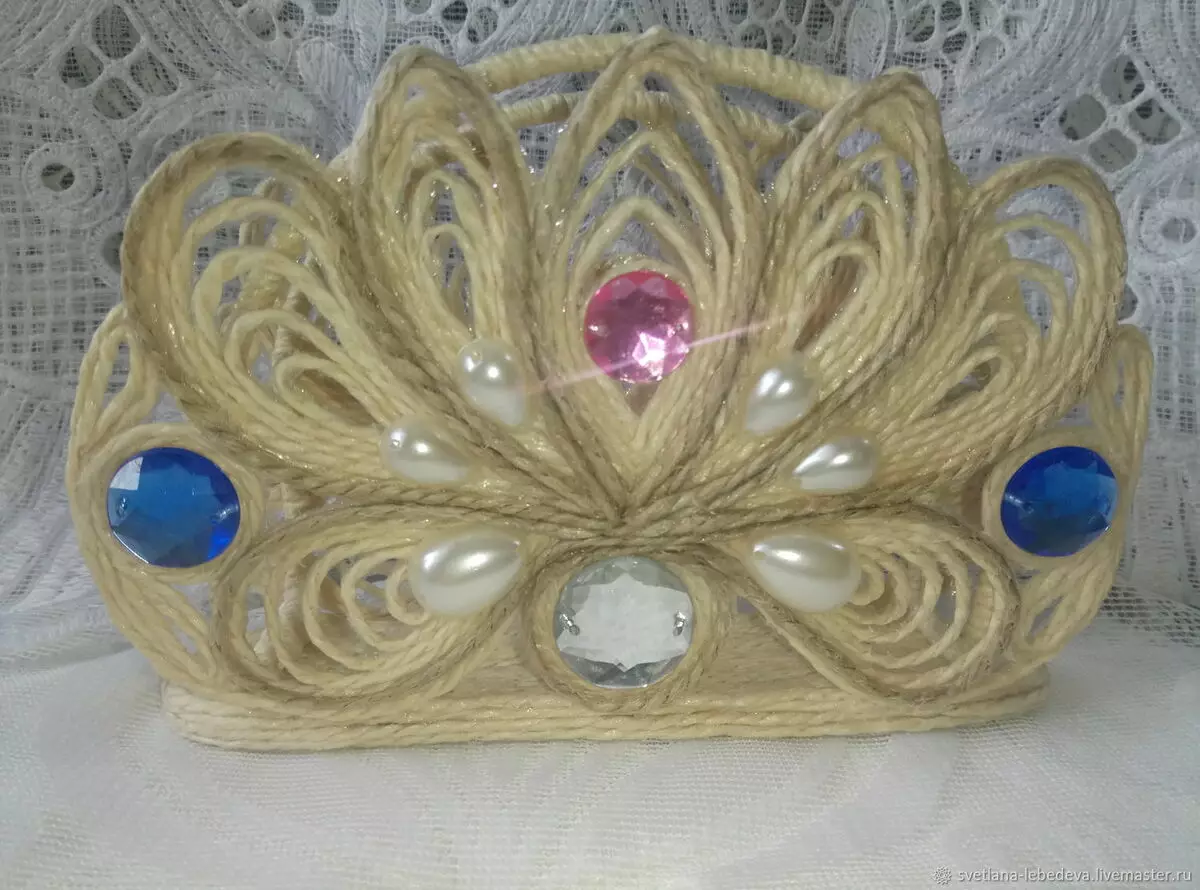
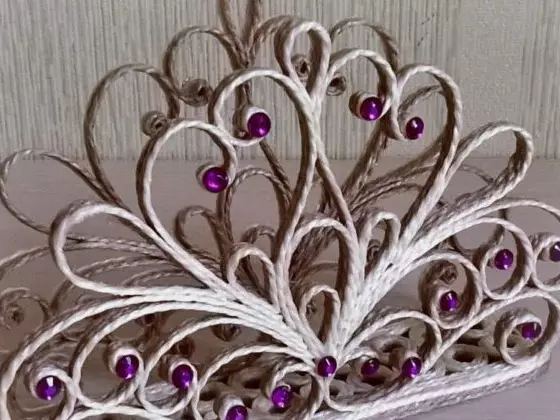
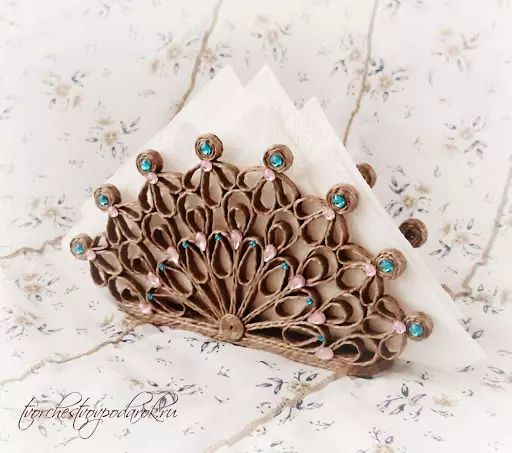
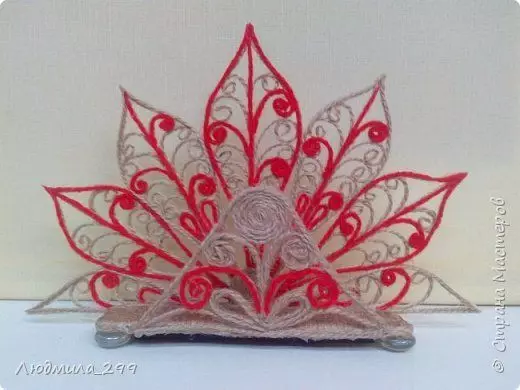
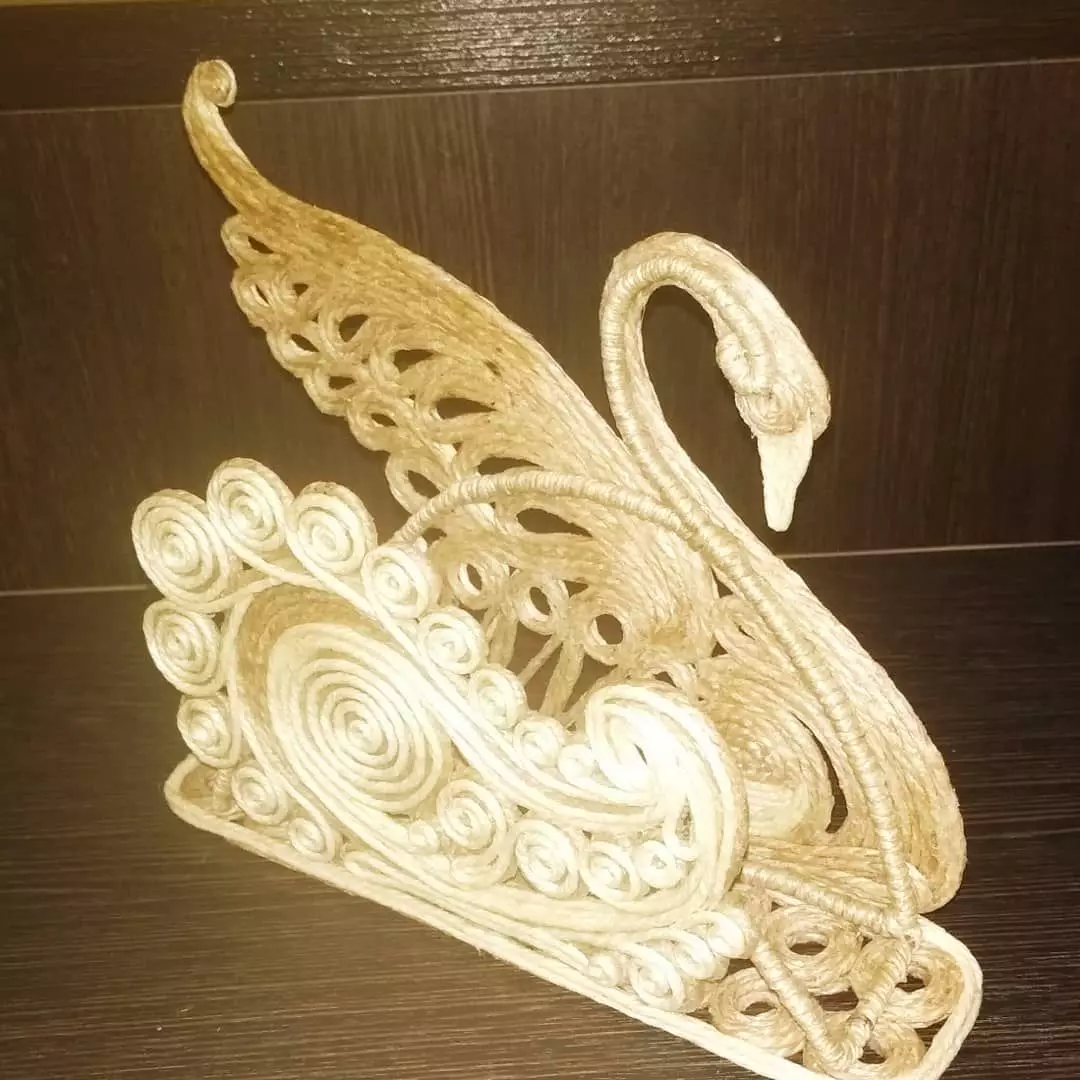
Peculiarities
Filigree from Jute is a relatively new direction of needlework, allowing of a simple thread to create volumetric openworks with an abundance of curls, droplets and snails. The material itself is a natural fiber with which it is easy to work, it is absolutely safe for a person. The technology is used to create a variety of decorations, including supports for napkins, and is suitable even for beginner masters.
As a rule, in the final, openwork structures decorated with brilliant beads, glass pebbles or rhinestones. Finished work can also be covered with colorless varnish.

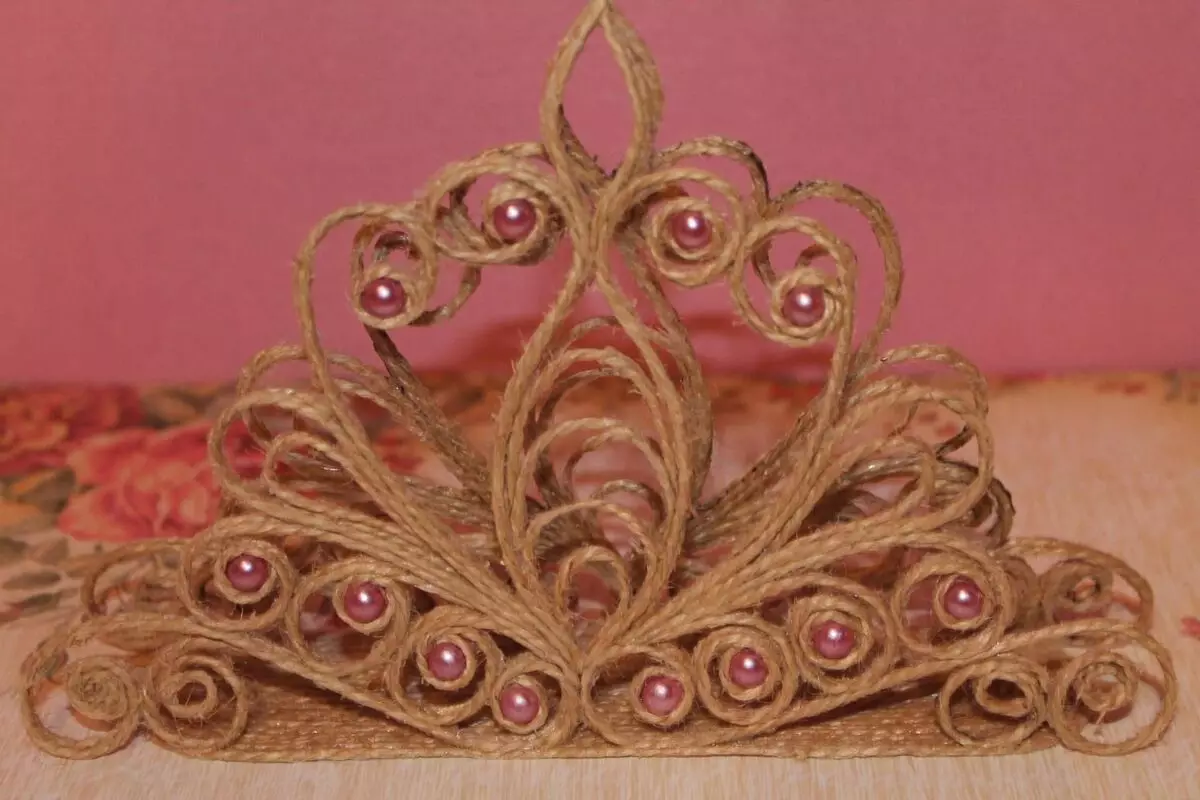
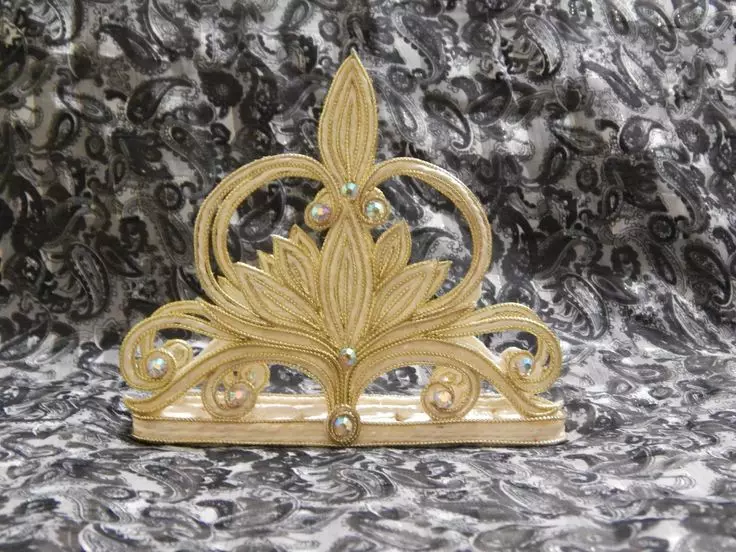

Materials and tools
For the manufacture of a jute cloth, as a rule, except the twine itself requires the most common materials and tools, and those present in any farm. We usually go About Clee "Moment" or "Titan", White Paper Sheets for Stencils, File, Scissors and Wooden Chopsticks used for the frame.
It must be said that the jute's threads themselves can have a natural tint or be bleached. It is even important that the glue is transparent and not stick to the file. For the base, the pieces of dense cardboard are sometimes used. Instead of shrinking, the needker can be used.
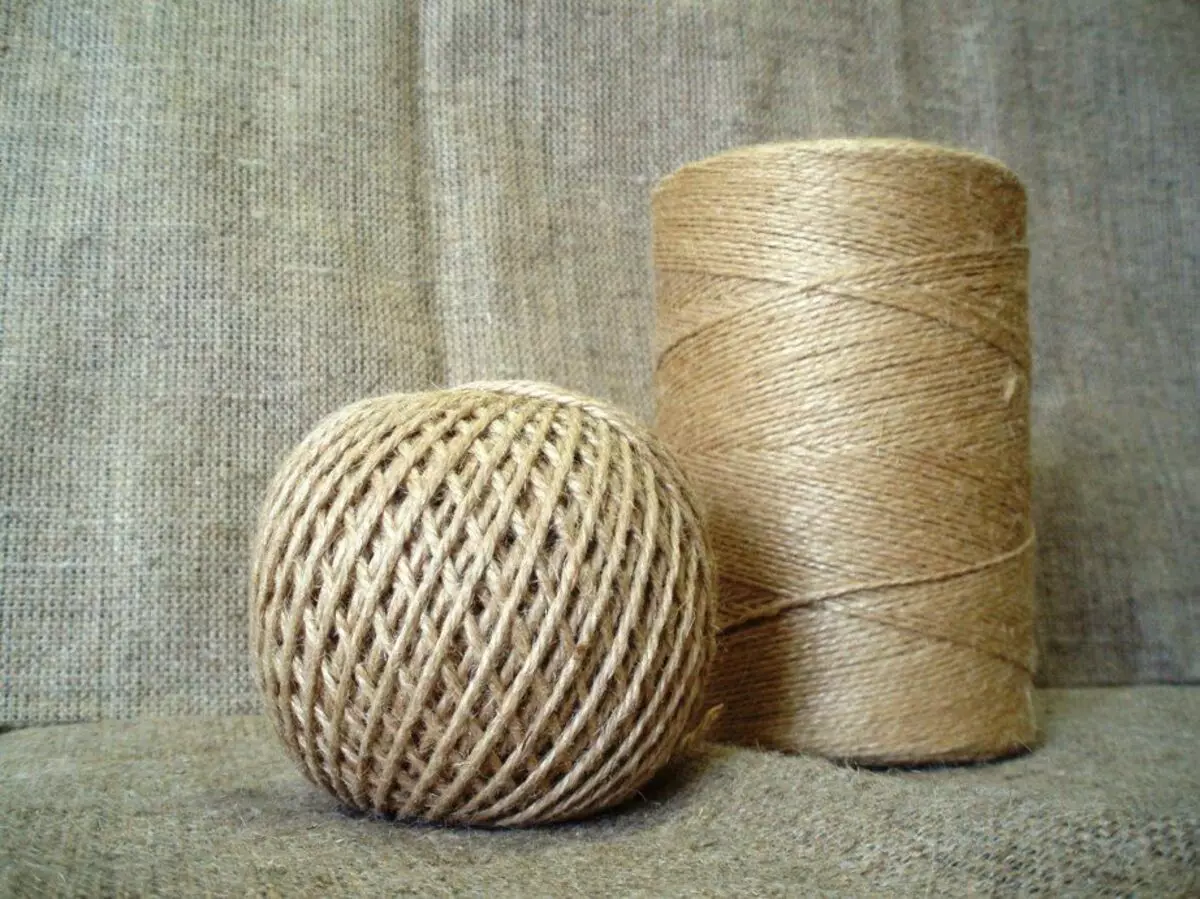
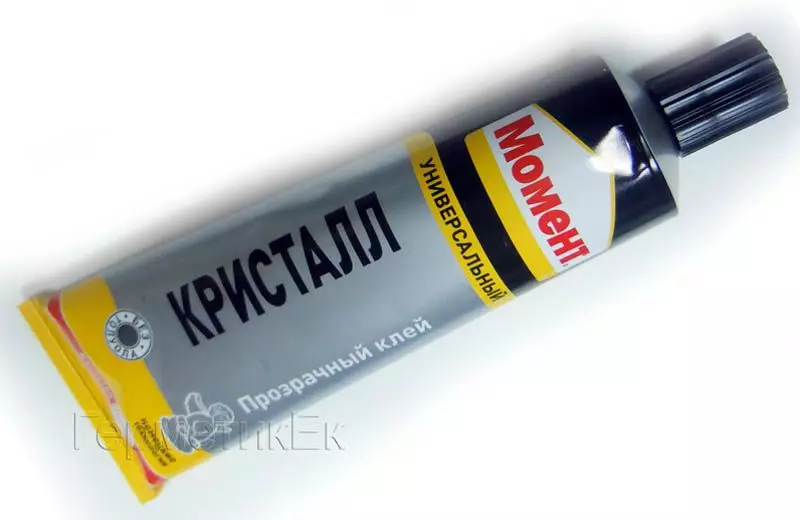
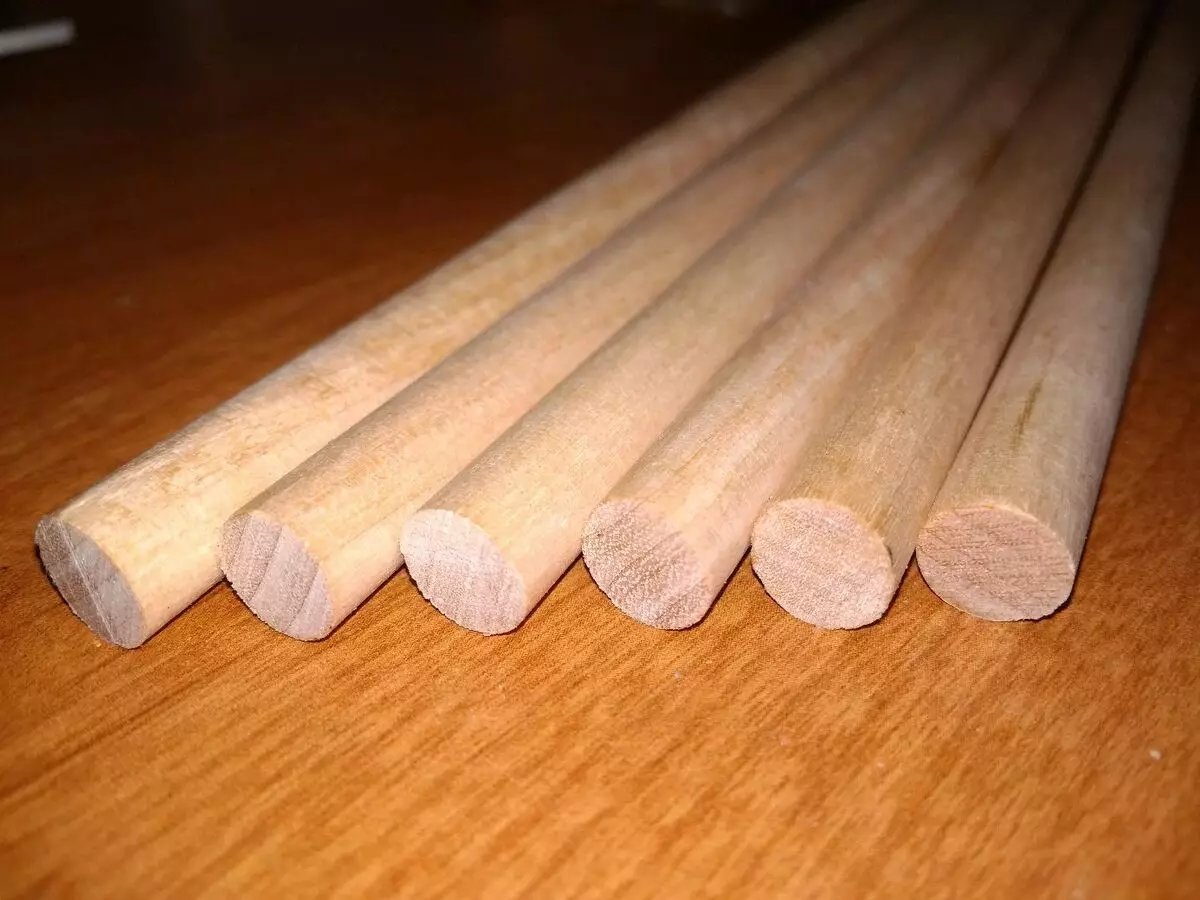
Manufacturing technology
The simplest master class, allowing you to make a napkin from Jute with your own hands, will require the use of twine, the resistant glue "Master" and a pair of wooden speakers. To create stencils, needed sheets of conventional white paper, pencil, file, ruler and circular. With small details it will be more convenient to work with the help of a tweezers. Since the work will have a filigree, better instead of the usual use manicure scissors. The finished stand for the napkins will be decorated with semobusins.
By the way, before starting weaving, it is recommended to smear your hands with ordinary cream, which will allow them later to quickly clean from glue.



Work begins with the fact that on white paper is created stencil The base of the cloth. Despite the fact that on the Internet you can download ready-made schemes, it is much more interesting to create them on your own, since this process does not represent much difficulty. A rectangle with sides equal to 14 and 2 centimeters is poured onto the sheet.
Inside the figure Drawn ornament from curls and loop which is better to do symmetrically relative to the central axis. Over the base, on each side is drawn over the triangle, which will be to become "legs".
The stencil for sidewalls of the cloth is drawn with a circulation, as it should look a semicircle. From the inside, everything is again filled with a pattern, "echoing" with the base.

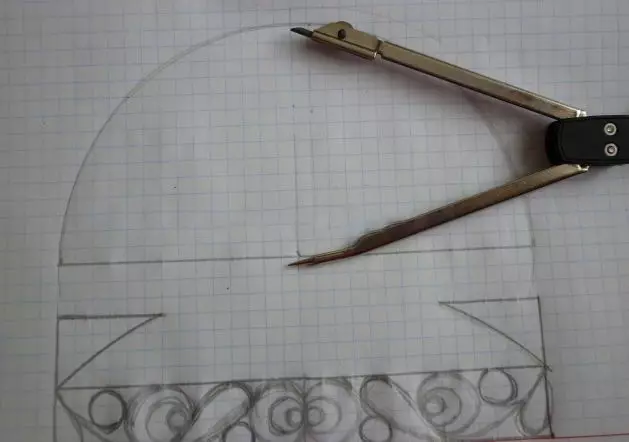
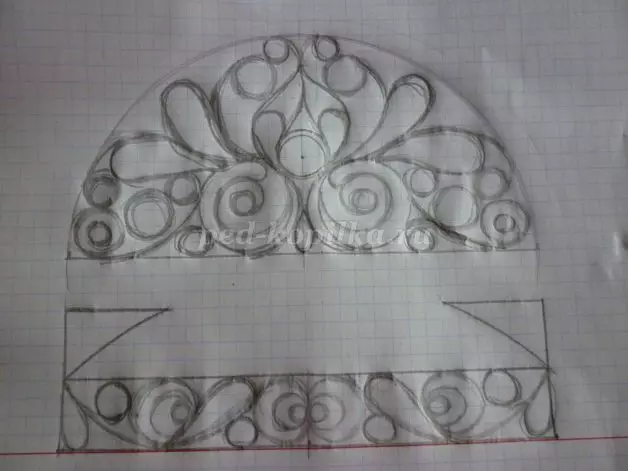
Ready drawing is placed in a file, after which the jute The threads begin to go through the line of the stencil. First processed base. Then large glass beads are prepared for sidewalls, around which two twine turns are wrapped. Large stand details are sampled by joot over the file. Polobusins are fixed on ordinary glue in such a way as to take a central place in the composition. At the end, the legs are created in the same way.
When all curls and loops will be ready, they need Write to dry, and then carefully remove from the file and clean from adhesive excess. Wooden spats are cut to length 14 centimeters, and then glued with jute. When they dry, the details need to be attached to the sidewalls from the inside. Further All other components are connected and all other components: The base, a pair of side surfaces and 4 "legs". The finished cloth decorated with miniature beads.
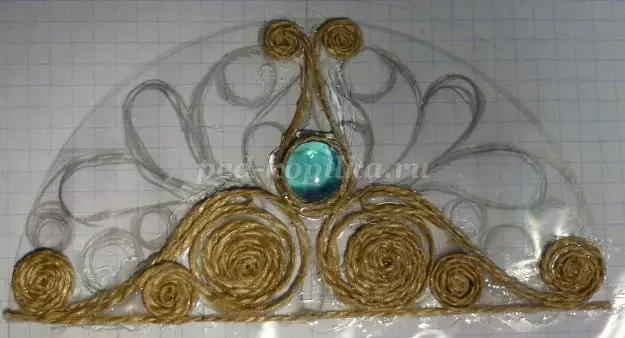

Independently creating schemes and stencils, it is recommended to focus on your own fantasy. In the case when the master takes ready-made blanks, they will first have to translate on paper, which takes time. For beginners, it is better to start with the most simple drawings, and then proceed to more complex compositions - for example, a napkin with a slightly abstract peacock image. In order for the design to be colored, it is still before the design of the design to be painted acrylic paint and dried.
For small pattern details, from which a large drawing is compiled, it is recommended to use pieces of jute for 20 centimeters long.
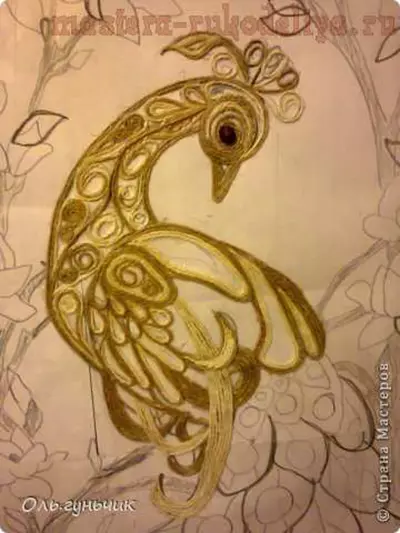
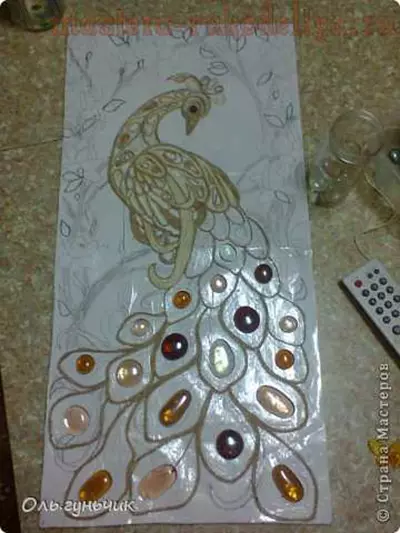
A more complex master class gives the opportunity to make Jute Stand in the form of brown leaf . In this case, it will initially require threads of emerald, brown and gray-green colors. Needlework technology is always unchanged: on a white sheet of paper, the template is drawn with clear lines, which is after inserted into the file. The base is labeled with transparent glue, after which the threads are laid out on it. The contour of individual billets is drawn up with emerald twine, and the internal streaks - a thread of a gray-green shade.
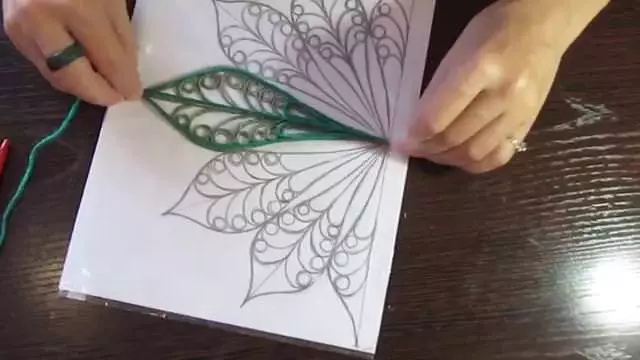
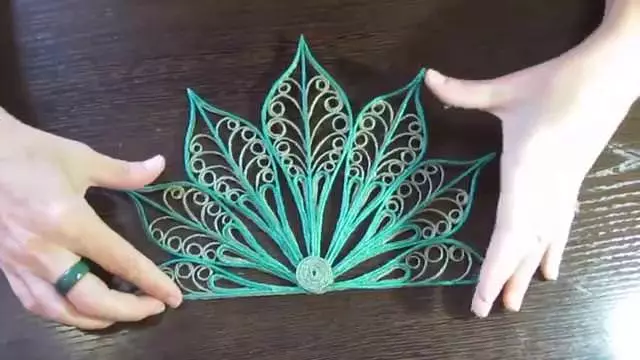
It is much easier to create separate leaf-shaped components of the back surface of the cloth, and then combine them at the base into a single whole jute circles by analogy with a real maple leaf. The front of the stand has a smaller size and its appearance resembles a small hilly with a decorative stone at a round base. The front and rear walls are connected using the base.
You can make it, if you wrap the 4 wooden sticks with twine, and then glue them with each other. In the finals of the design work 4 legs are attached.


Beautiful examples
It must be said that The sides of the jute parcel can be both the same and distinguish. In the first case, the design should be located sideways, and both surfaces should be decorated equally. In the second case, one of the sidewall becomes the rear surface, and the second - front. The rear surface has a large size and, as a rule, is drawn up with a big scope: abundance of snails and curls. The front surface is made easier in terms of form and size, but can be decorated with beads or rhinestones.
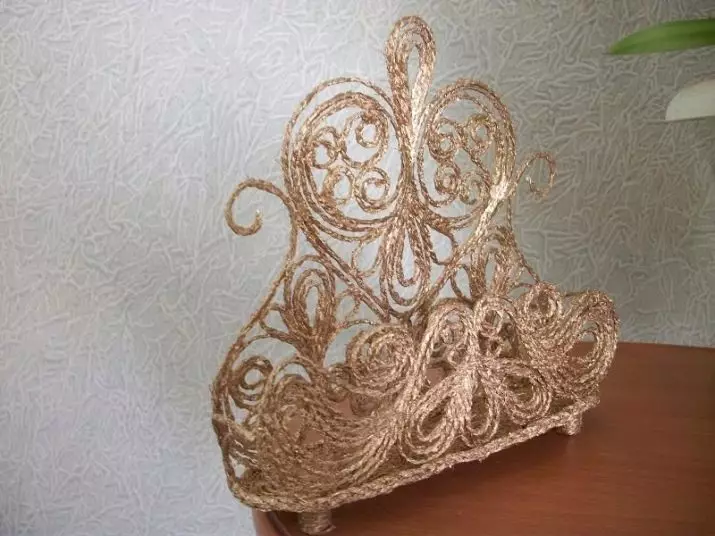
Despite the fact that for the jute cloth, it is enough to be fortified by wooden wands of the base, You can strengthen the framework by adding the sides of the arc , For example, from the bent plastic or wrapped wire, on which openwork sidewall will be recorded.
These arcs necessarily turn on the same juty that the bottom of the stand.

On how to make a cloth from Jute, see the next video.
